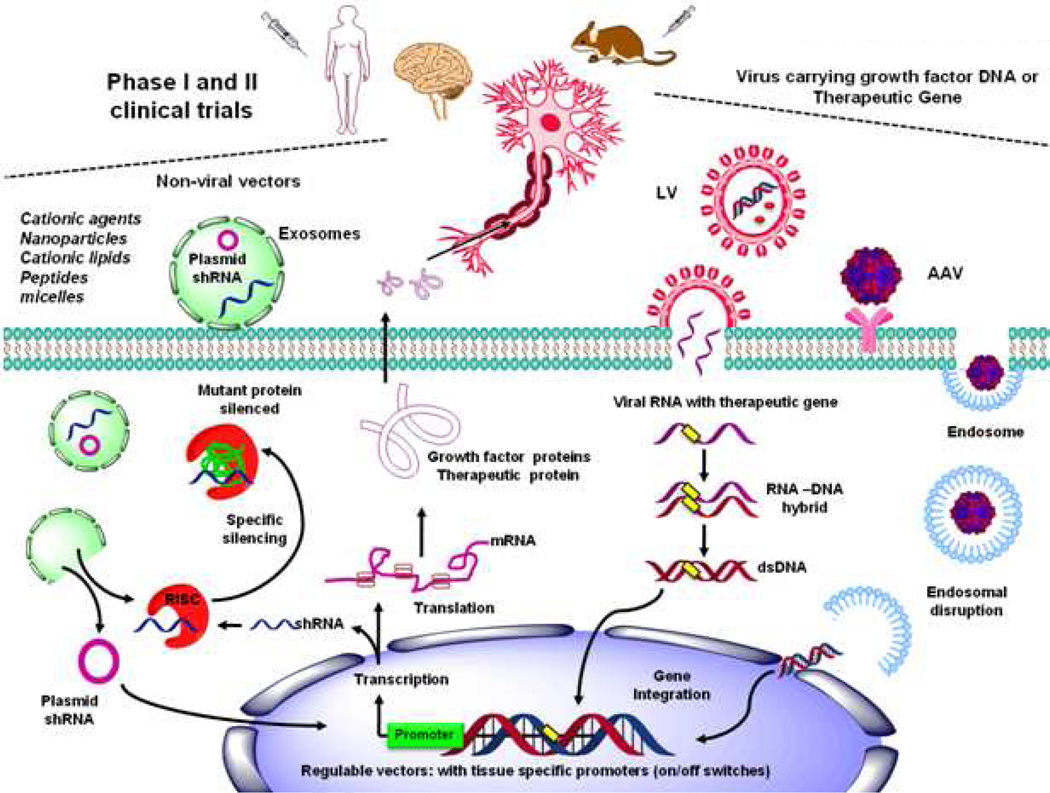Figure 5. Target delivery of therapeutic genes in neuronal populations.
Adenovirus, lentivirus (LV) and adeno-associated viral (AAV) have been used as viral vectors for gene transfer. Viral vectors carrying therapeutic genes (1) can be bonded to cell surface receptors to selectively allow entry of DNA into neurons by receptor-mediated endocytosis, which then becomes encapsulated in endosomes, from which they must escape to inject the corresponding new gene into the nucleus to promote the expression of the therapeutic protein of interest. In addition (2), viruses can inject the viral RNA, which by reverse transcription produces a dsDNA that could be integrated in host genome. Although viruses offer excellent gene expression efficiency, non-viral gene therapy offers the potential to target specific cells, being less immunogenic and non-integrating into the host genome. An example are exosomes that have been re-engineered for targeted gene therapy, their small size and flexibility allows them to cross biological membranes, while the “cargo” is protected from degradation by their bi-lipid structure. Major advances in gene-therapy research for neurological disorders have been achieved in recent years by overexpressing pro-survival growth factors or targeting endogenous mutant or wild type genes associated with disease pathogenesis.

